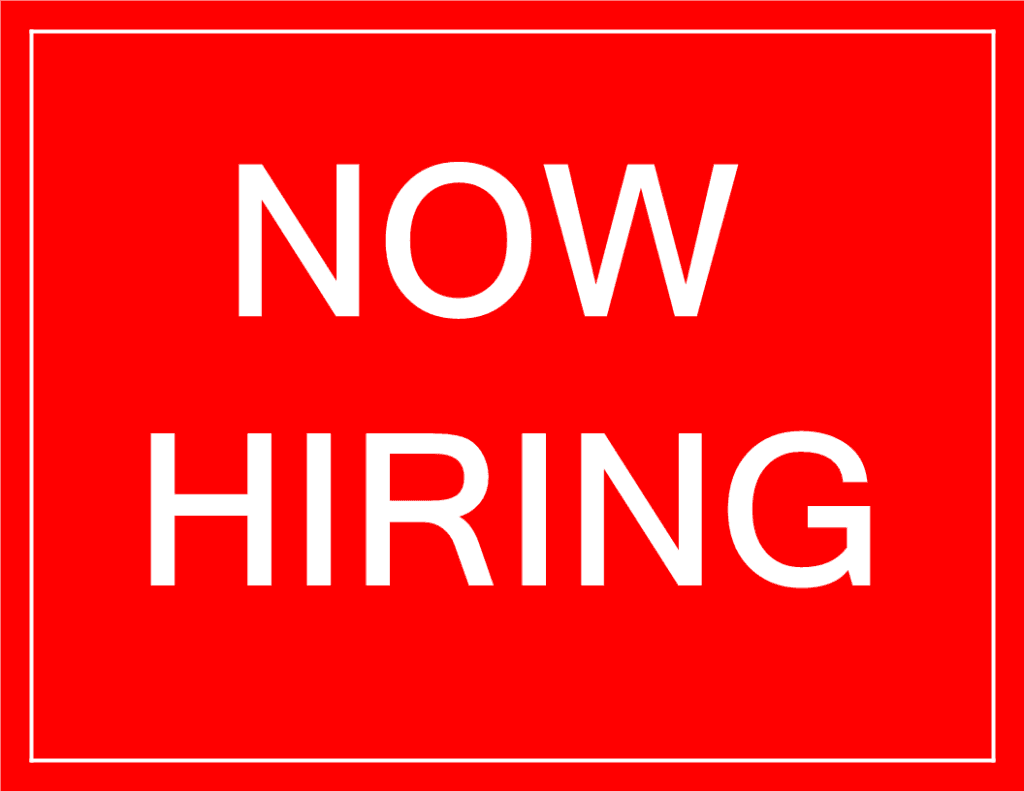
If you’ve ever applied for a job in your life, you’ve likely had to send a cover letter along with your resume. But, how do you get through to the employer from a sea of applicants? Effective cover letters are highly personalized documents. They have an introduction, highlight relevant skills and experiences, and express interest in a specific job or organization. They are the first point of contact between a job seeker and a potential employer. Your aim with effective cover letters is to create a positive and lasting impression.
Importance of Cover Letters
Cover letters play a vital role in the job application process. They allow candidates to showcase their qualifications, demonstrate their motivation, and tailor their application to a specific position. A well-crafted, effective cover letter sets apart a candidate from others. It captures the employer’s attention. Therefore, you increase the likelihood of securing an interview.
Key Components of Effective Cover Letters
- Header and Contact Information Begin the cover letter with your name, address, phone number, and email address. Include the current date and the recipient’s details, such as the hiring manager’s name, job title, and company name.
- Salutation and Opening Paragraph Next, address the recipient with a formal salutation, such as “Dear Mr./Ms./Dr. [Last Name].” The opening paragraph should express your interest in the position. Briefly mention how you learned about the job opportunity. It is crucial to make a strong first impression and grab the reader’s attention from the beginning.
- Body Paragraphs The body of the cover letter typically consists of two to three paragraphs. First, use this space to emphasize your qualifications, skills, and experiences that are relevant to the job. Second, connect your achievements and strengths to the requirements mentioned in the job description. Third, provide specific examples to demonstrate your capabilities and add credibility to your claims. It is essential to showcase your unique value and what sets you apart from other applicants.
- Closing Paragraph The closing paragraph should summarize your interest in the position and express enthusiasm for the opportunity to discuss your qualifications further. Mention your availability for an interview and your willingness to provide any additional information or references upon request. End the letter with a professional closing, such as “Sincerely” or “Best regards,” followed by your full name.
- Signature After the closing, leave a space for your handwritten signature if submitting a physical copy. If sending the cover letter electronically, include a typed signature followed by your printed name.
Tips for Writing Effective Cover Letters
- Tailor the Letter to the Job Customize your cover letter for each position you apply to. Research the company and the job requirements to understand their needs and values. Use this knowledge to align your qualifications and experiences with what the employer is seeking. A tailored cover letter demonstrates your genuine interest and dedication to the role.
- Be Clear and Concise Keep the cover letter focused and concise, typically no longer than one page. Use clear and straightforward language to convey your message effectively. Avoid repetition and unnecessary details, and use bullet points or subheadings if appropriate to enhance readability.
- Showcase Your Achievements Highlight your relevant achievements. These can be from work experience, academic projects, or volunteer activities. Quantify your accomplishments to provide concrete evidence of your skills and impact.
- Proofread and Edit Thoroughly proofread your cover letter for any grammatical or spelling errors. Pay attention to formatting, consistency, and overall clarity. Consider seeking feedback from a trusted friend or mentor to ensure your letter is polished and error-free.
- Professional Tone and Format Maintain a professional tone throughout your cover letter. Avoid using jargon, slang, or overly informal language. Use a standard business letter format, with a professional font, appropriate margins, and consistent spacing.
Crafting effective cover letters is an essential step in the job application process. It allows you to showcase your qualifications, demonstrate your motivation, and personalize your application to the specific position and company. By following the key components and tips outlined in this guide, you can create a compelling cover letter that captures the attention of employers and increases your chances of securing an interview. Remember, a well-crafted cover letter is your opportunity to make a strong first impression and stand out among other applicants.